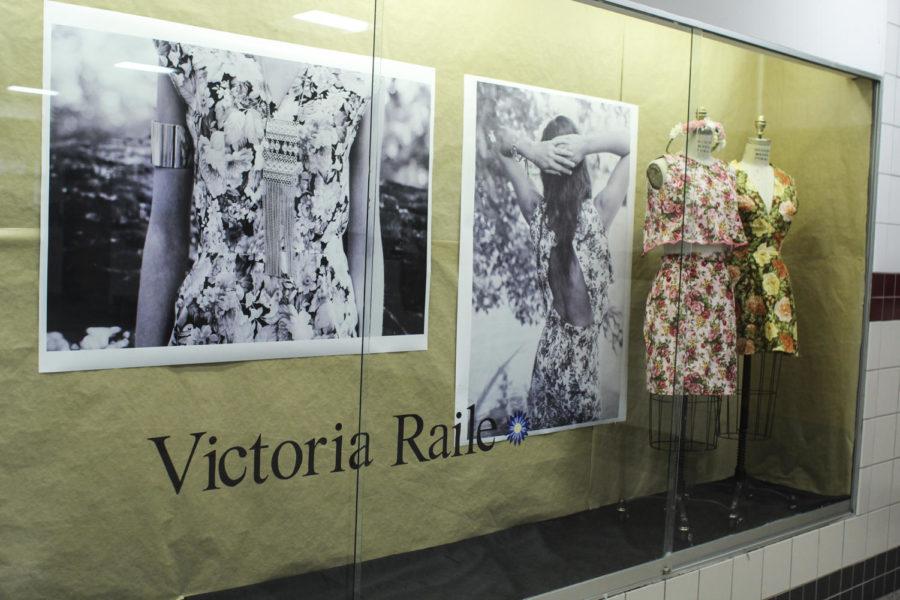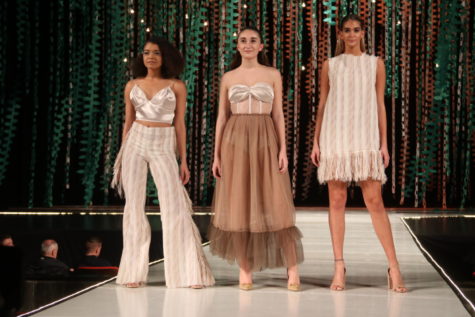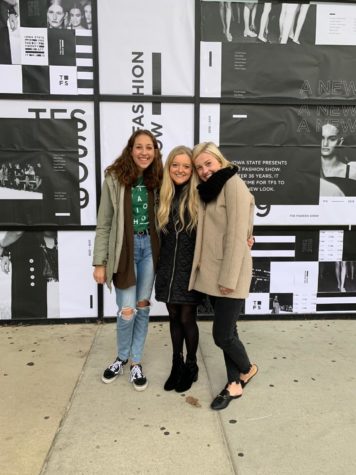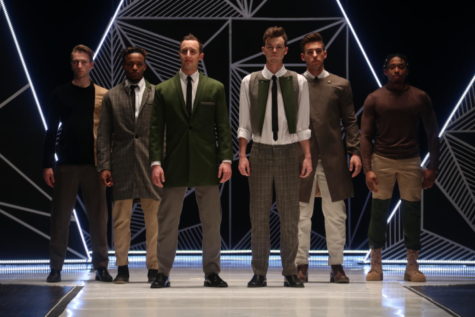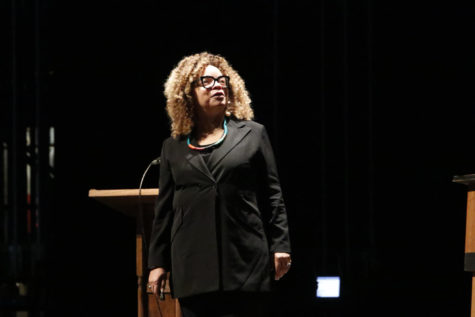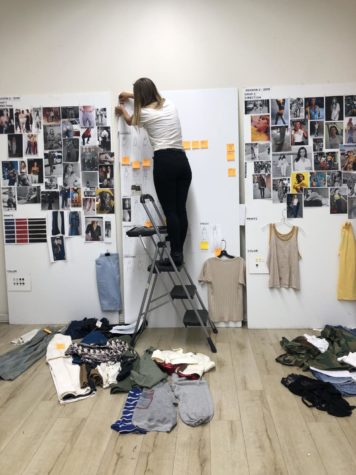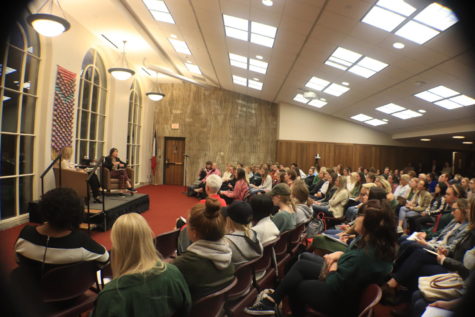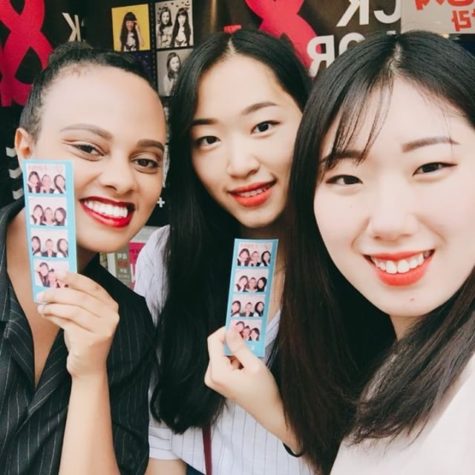Students showcase displays in LeBaron Hall
December 15, 2014
The LeBaron Hall lobby has always been known as a place of heavy student traffic. Hundreds of students walk through it each day, and many stop to look at the main display window. Students have been designing the display each week this semester as part of a class.
Brand Management and Promotions is an apparel course offered heavily focused on visual merchandising. Each student in the course is required to make two window displays throughout the semester. Displays are designed for the large window in LeBaron’s lobby and for two smaller windows at the end of the hallway on LeBaron’s first floor.
The displays are made in groups of four to five students. Telin Chung, professor of apparel, events and hospitality management, teaches the class this semester. She assigned the groups randomly at the beginning of the semester. Chung also designated themes for each group’s window display early in the semester.
“The topics that are assigned to the teams include fashion brand, fashion product, [apparel, merchandising and design] student work, the Textiles and Clothing Museum, institutional and promotional,” Chung said.
Once given a theme, students decided what exactly they’d like to display. Chung encouraged students to consult other faculty members for assistance in providing items and knowledge regarding the specific display.
“For example, the student team assigned to create a window for a fashion product can decide to feature scarves and using autumn as their theme,” Chung said. “Many of the teams have created their own catch phrases to go with the themes too.”
Sophia Talerico, senior in apparel, merchandising and design, was assigned to promote the Textile and Clothing Museum, located in Morrill Hall on campus. Chung encouraged Talerico’s team of four to meet with Jan Fitzpatrick, the museum’s collection manager.
“A couple of us met with [Fitzpatrick], and she told us that she would love if we promoted their upcoming event, Garden Party,” Talerico said. “She showed us the dresses she wanted us to use and we got a lot of inspiration from them. We did not want to clash with the dresses, so we used the same color scheme for other items in the display.”
From concept formation to completion, students are predicted to spend at least six hours on the displays. It’s also important that between different student displays the window is not left bare.
“They have from Dec. 10 at noon to Dec. 12 at 5 p.m. to install the window,” Chung said. “We want to keep the installation period short so the windows should not seem unpresentable to the audience too long, similar to the standard in the industry.”
The displays are graded on how well the display stays together and in place. If it is cohesive and aesthetically pleasing, it is graded on how well the students were able to make the idea on paper become a reality and how well the students took down the display, if it was at the correct time and if everything was cleaned up.
“I did find it very interesting and helpful for the future,” Talerico said about the course. “I would recommend this class. I think visual display is very important in the fashion world, and, when done properly, [it] can be a competitive advantage, especially on your resume.”

